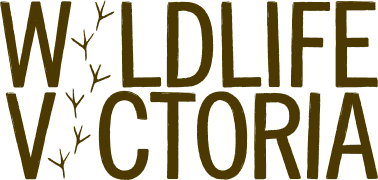
Living with wildlife – why can’t we all just get along?
One of the greatest challenges faced by our wildlife is increased urbanisation and the subsequent destruction of their native habitat. It is estimated that only around 30% of Victoria’s native vegetation remains untouched by urbanisation and habitat clearing. As urban sprawl continues to encroach upon previously untouched havens for wildlife, animals are forced to cross paths with humans more, often resulting in negative human-wildlife interactions.

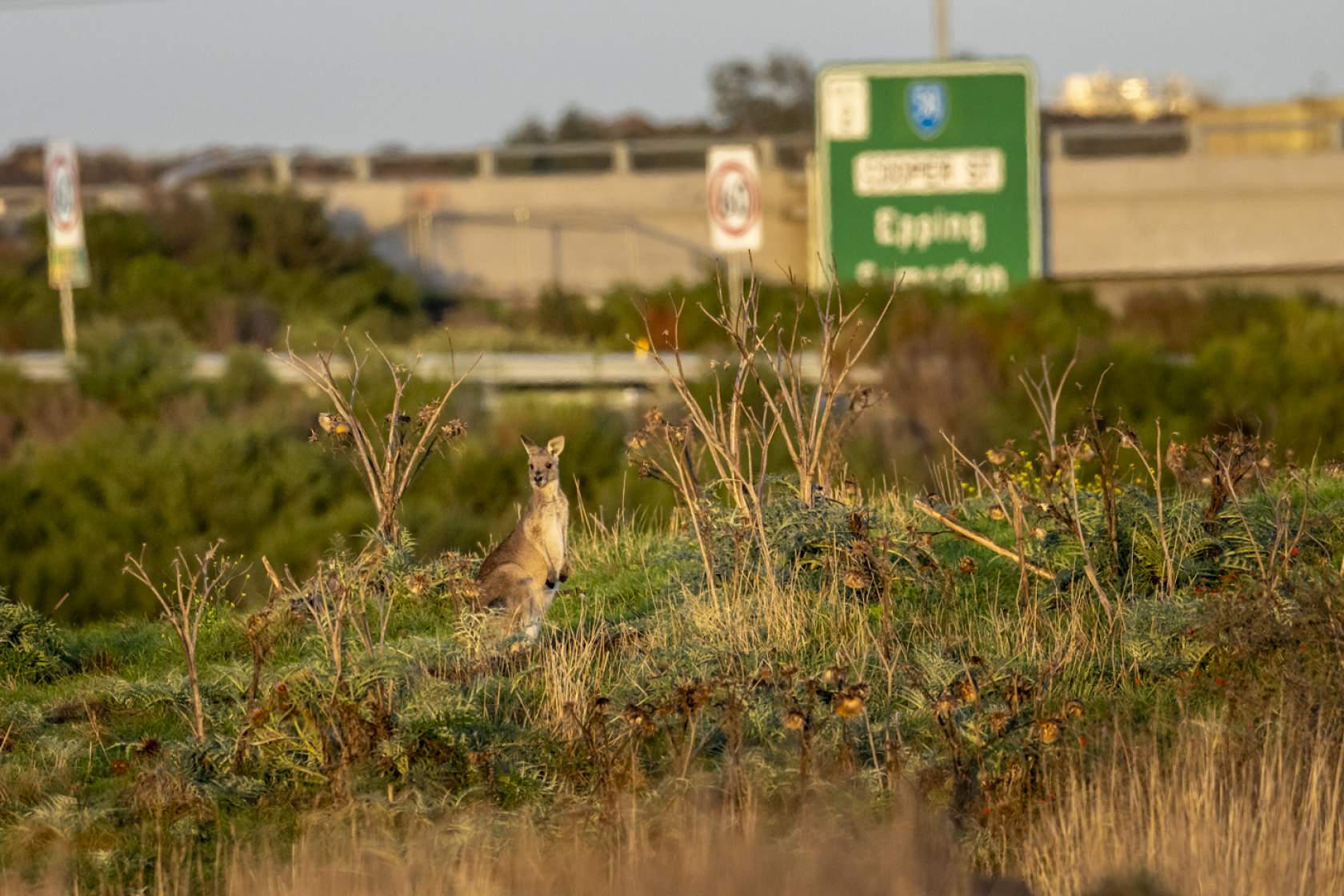
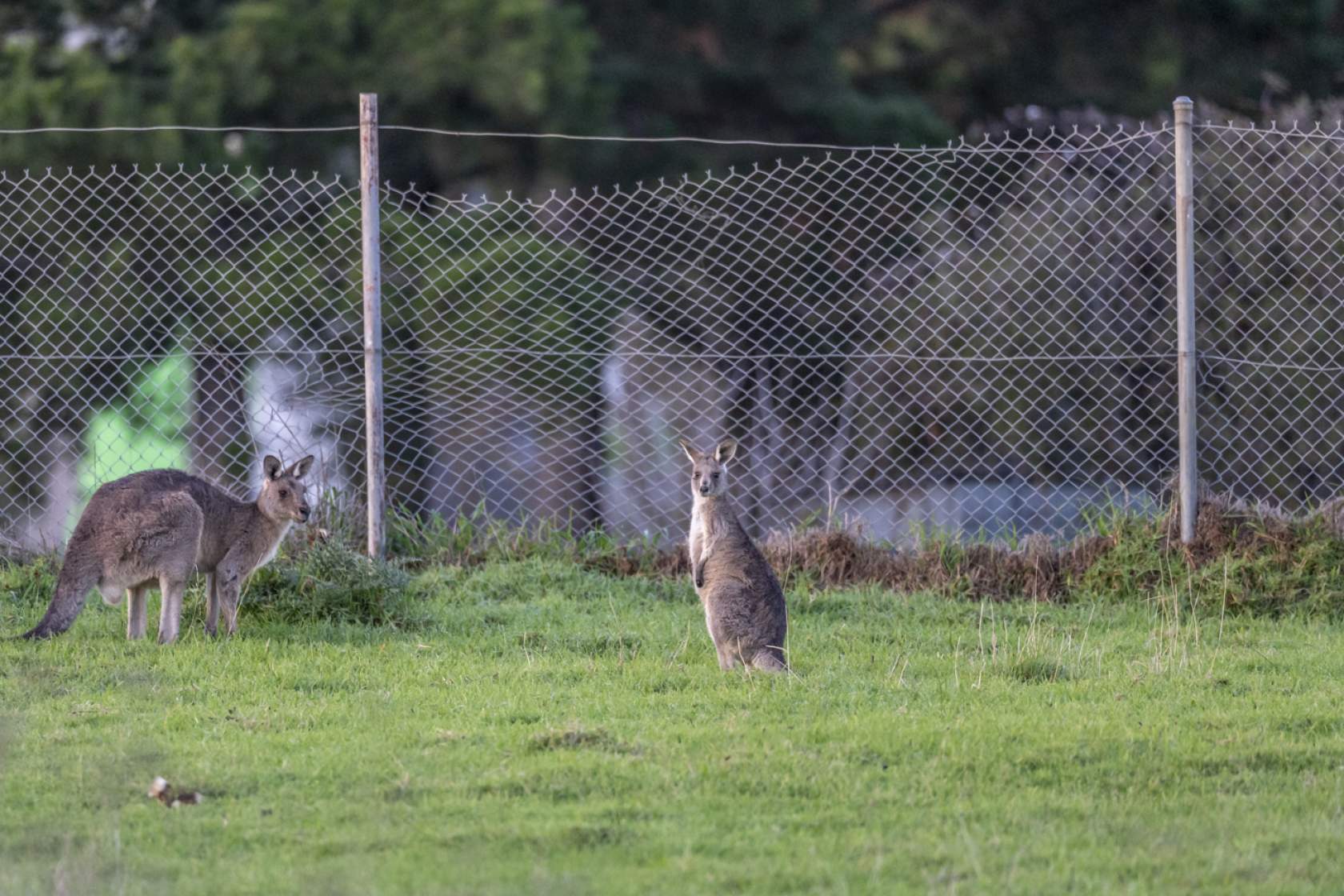
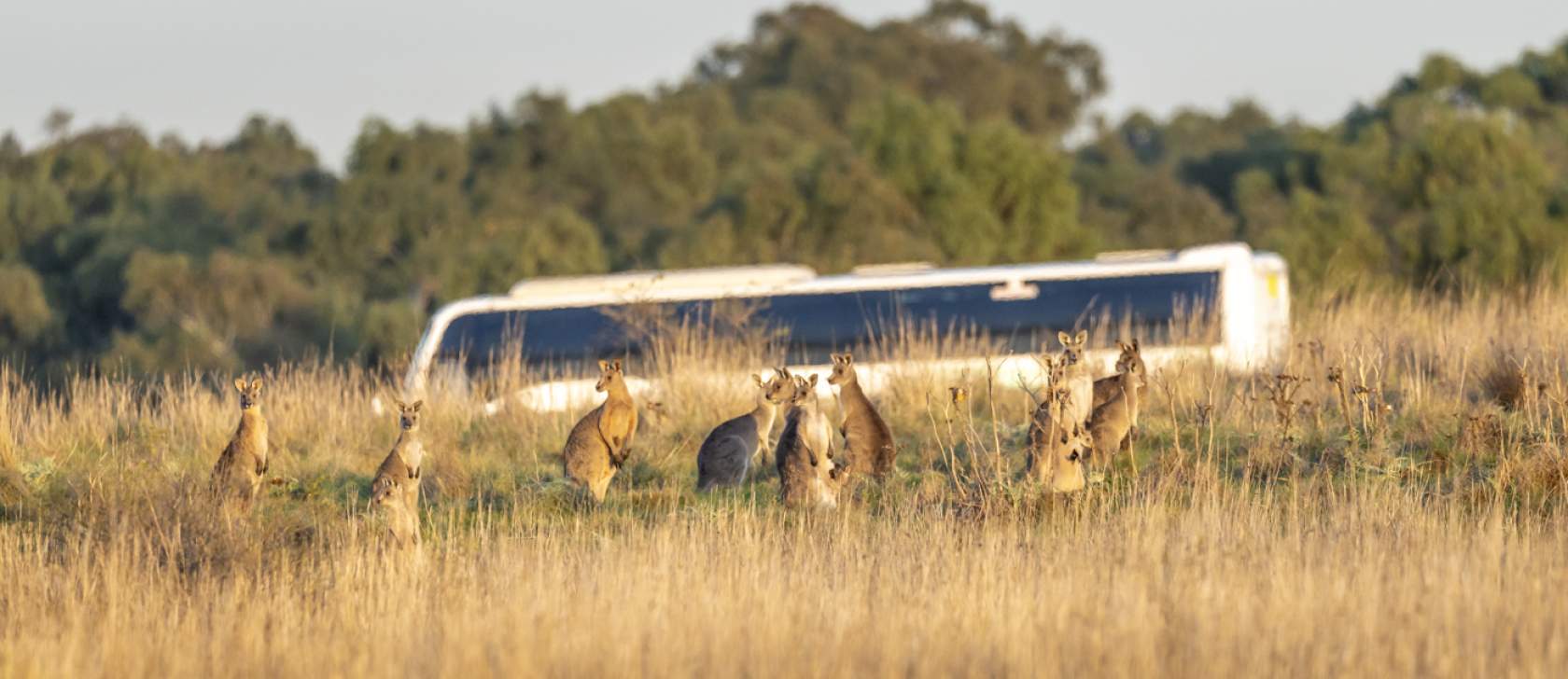
Displaced kangaroos in Melbourne’s urban fringe. Photos by Doug Gimesy.
It is becoming more common to find wildlife in suburban areas, where animals like possums, kangaroos, koalas and bats are forced to extend their search for food and territory due to combinations of habitat destruction, loss of native flora and fauna, and water contamination. Often new housing and infrastructure developments do not consider the impact on native wildlife, leaving displaced animals trapped in rapidly disappearing grasslands, forests or paddocks, where they lack wildlife corridors to move safely. As a result, our wildlife is at increased risk of vehicle strikes, pet attacks, and entanglements in fencing, netting or rubbish.
Kangaroos are often reported to our Emergency Response Service after being displaced in new developments, found distressed on suburban streets, trapped in multi-level carparks or residential backyards. Fencing and roads in new developments often cut through wildlife habitat, making it more difficult for these animals to move between their natural food sources. Assisting these animals is time-intensive and challenging for our volunteers. Smaller mammals are equally affected; the destruction of natural habitat forces animals like possums and microbats to make their homes in people’s roofs, verandahs or sheds. As wildlife face increased habitat destruction, we are sadly receiving an increased number of reports of them causing a nuisance, when they are simply trying to survive. More compassion and innovation surrounding housing developments is needed for a future where humans and wildlife thrive together.
In the past five years, the number of native animals reported to Wildlife Victoria as displaced or trapped has increased by 84%.
Cases of displaced and trapped animals outside of more historically urbanised areas (e.g. metropolitan Melbourne, Geelong, Bendigo) are driving the 84% increase we have experienced, and are twice as common now than they were five years ago. This reflects the serious impact urbanisation is having on our wildlife.
Assisting these animals is very time-intensive and challenging for volunteers. Similarly, cases of animals entangled in fences or rubbish have increased by 46% in the past five years, and reports of native animals hit by vehicles have increased on average 28% across the state. It's important to note these are only cases reported to Wildlife Victoria's Emergency Response Service and the actual impact is likely to be significantly higher, with some incidents reported directly to local rescue groups, to councils, or not at all.
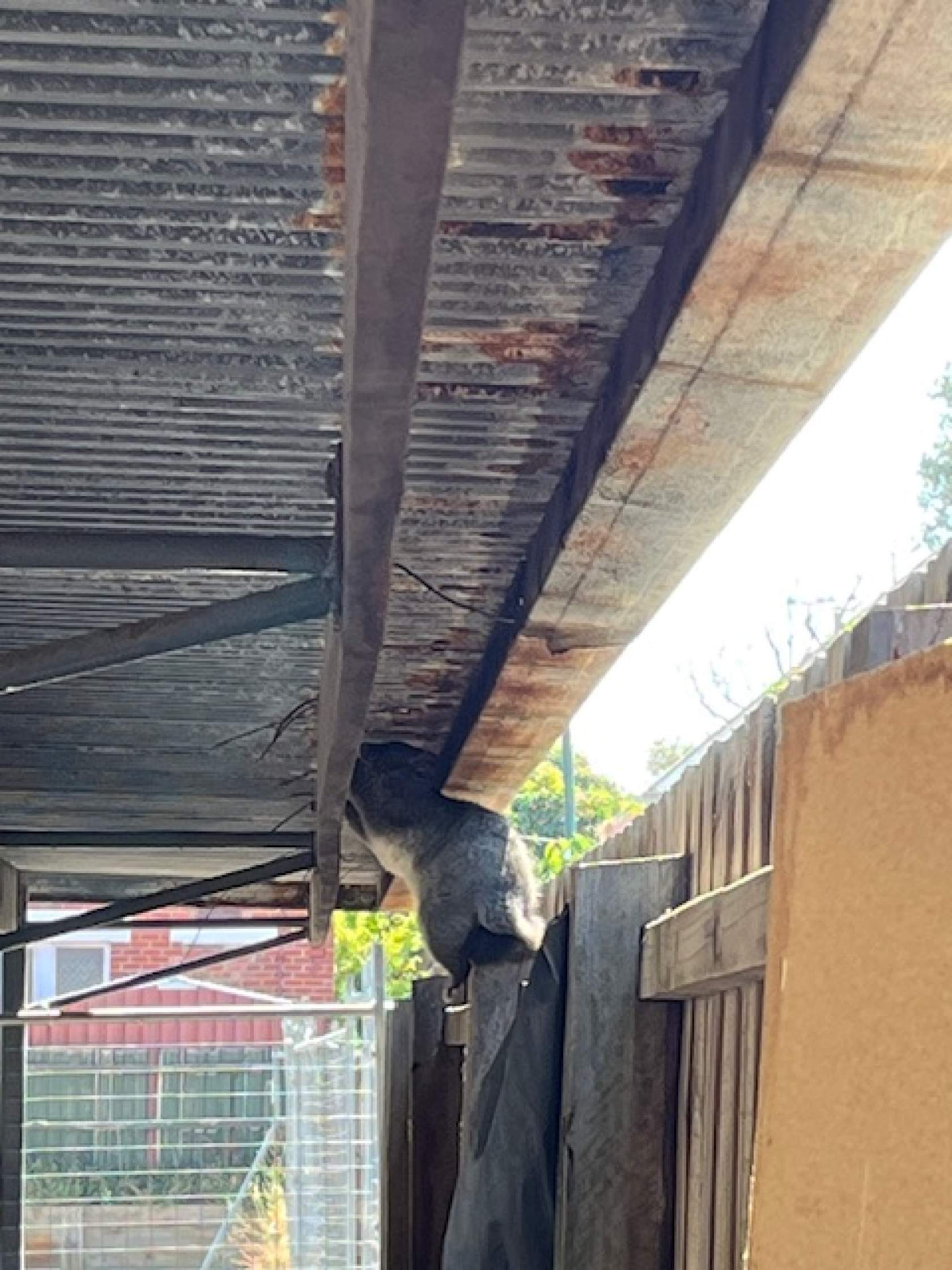
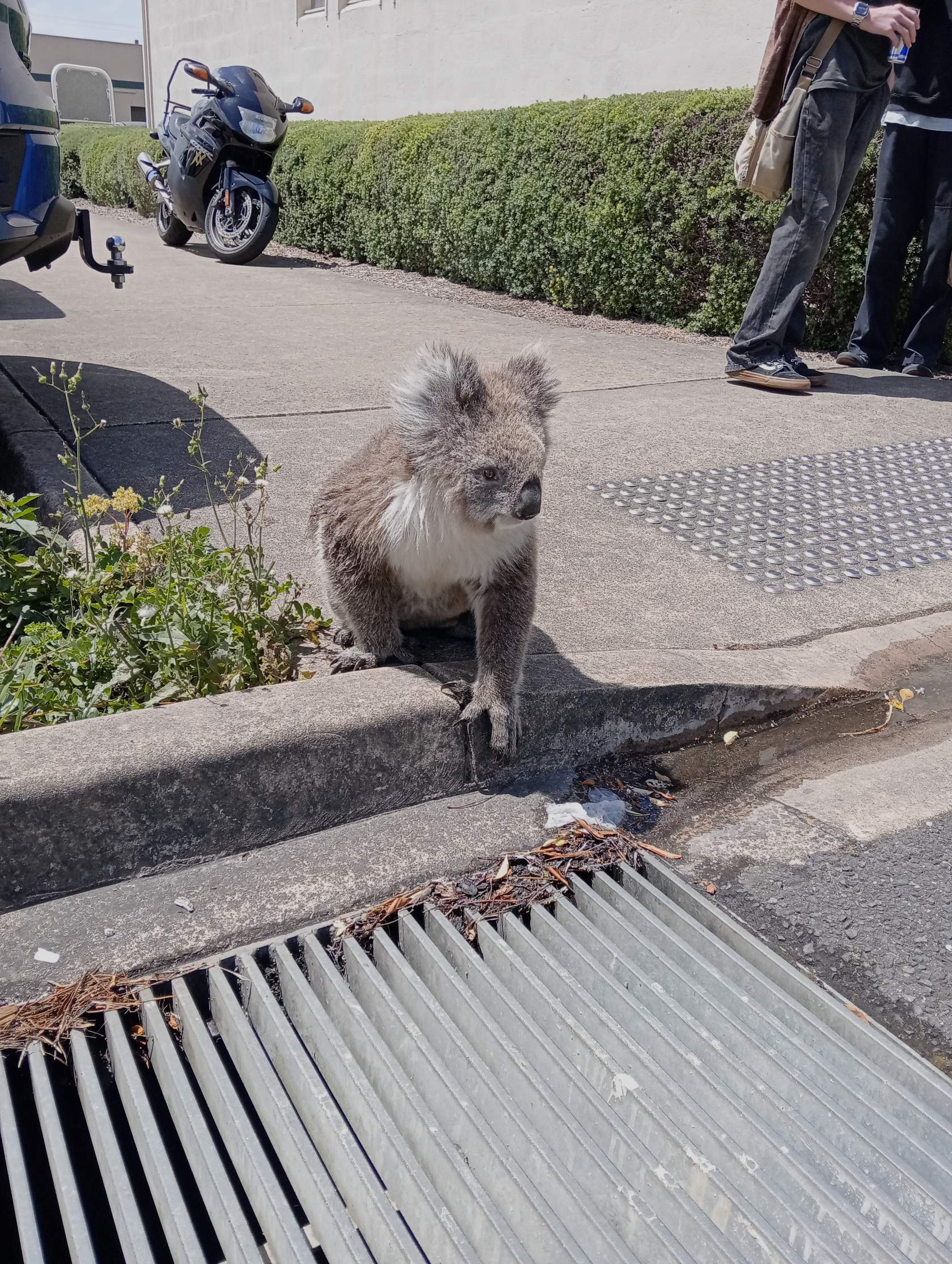
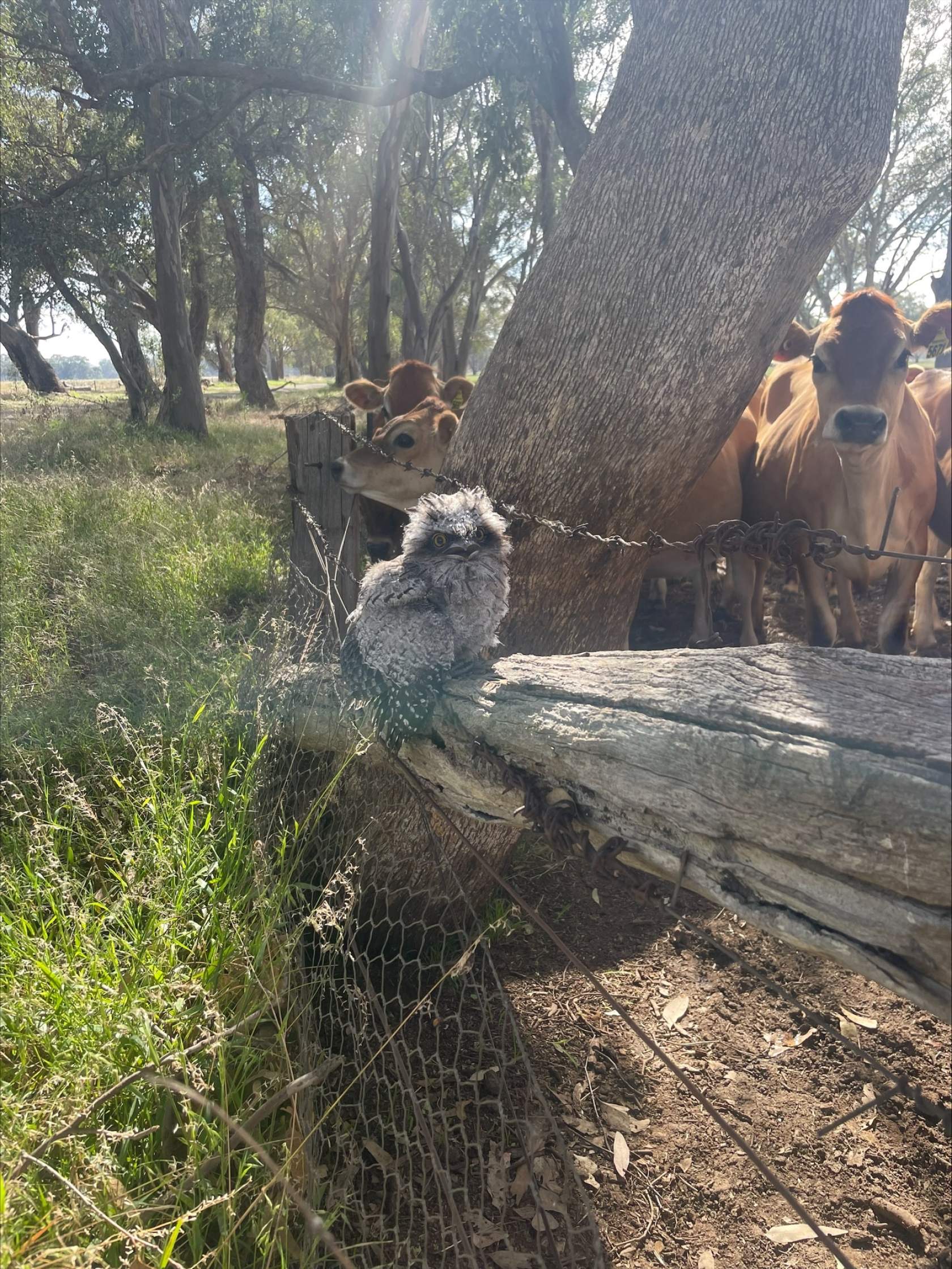
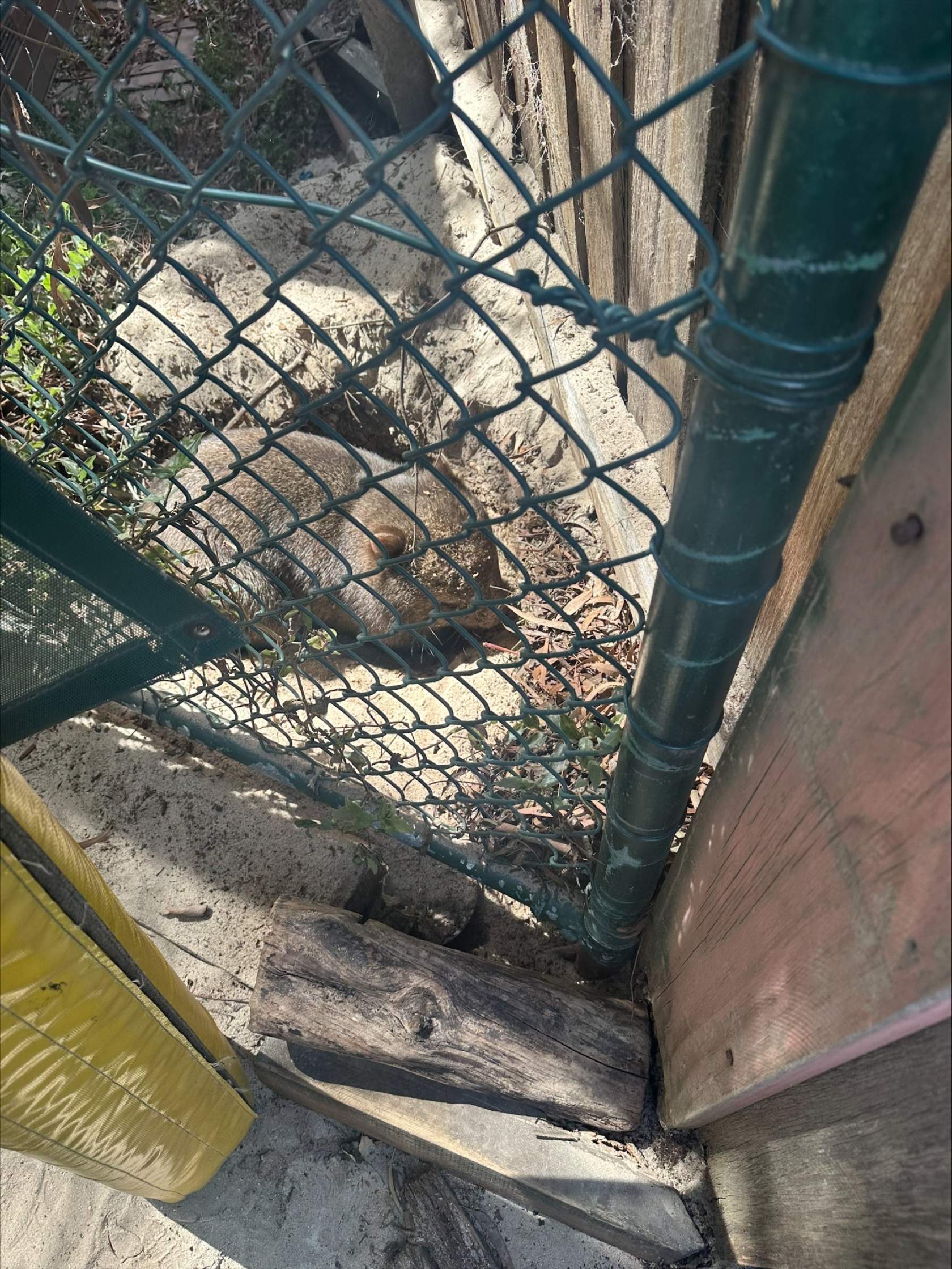
Displaced or trapped native animals called into our Emergency Response Service.
While these issues can seem overwhelming, even small actions can make a difference. You can encourage change by petitioning your local council to implement better signage for wildlife crossings or for greater speed regulation in wildlife hotspots. You can attract wildlife to your yard by providing water, installing a nesting box, keeping your cat inside and planting native vegetation. Most importantly, help encourage others to live peacefully with wildlife by sharing the message of peaceful cohabitation. Our native animals are unique and precious, with many playing an important role in the ecosystem, let’s work together to create a world rich in wildlife.
What would a world without wildlife look like? By making small changes and working together, we can ensure that we never have to find out.
